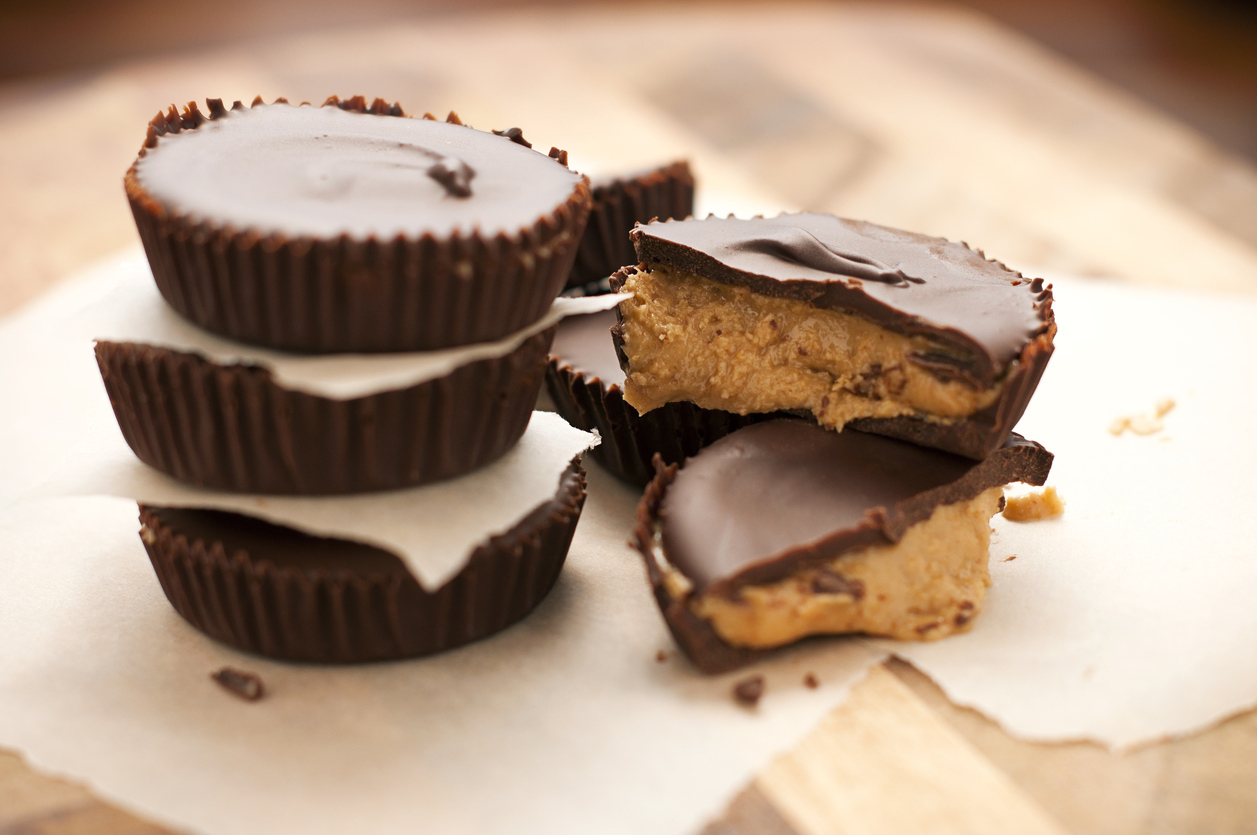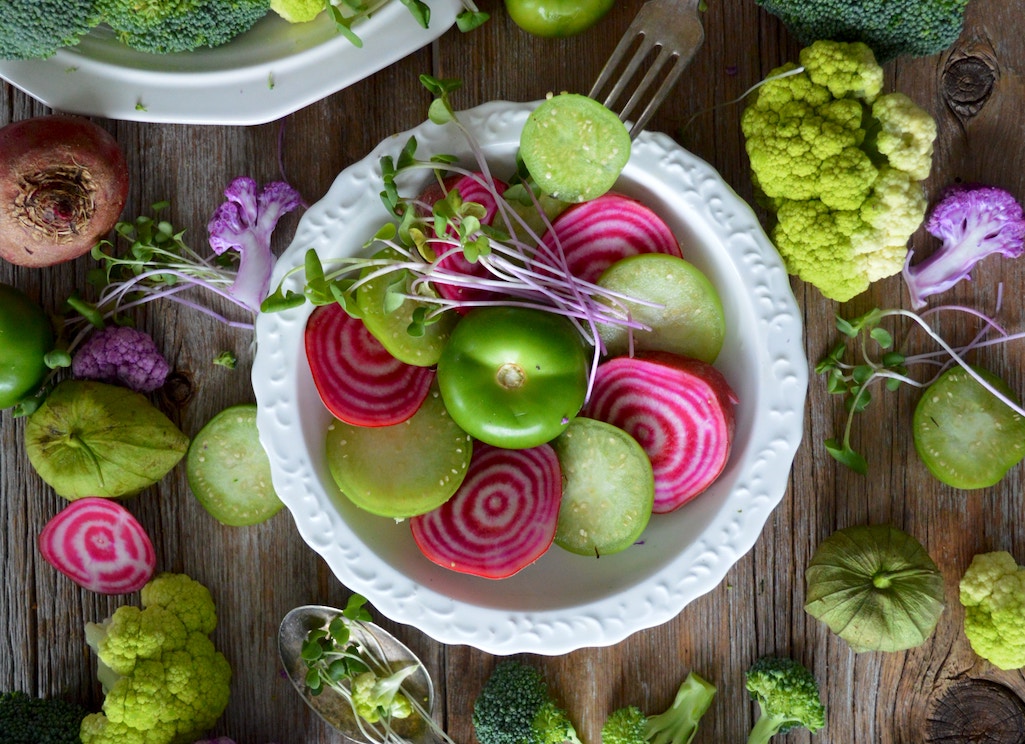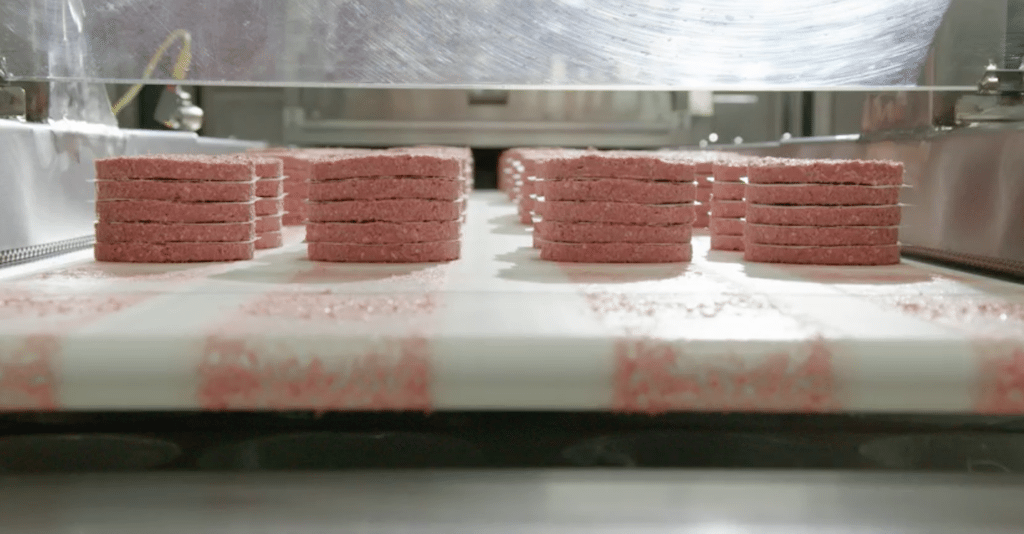
iStock / jjpoole
I was on my third mini Reese’s Peanut Butter Cup of the afternoon when, out of boredom, I glanced at the text on its plastic wrapper. As expected, I saw an allergen disclaimer, a customer service number, a warning against resale.
Then, there was this: “Orange background color is a registered trademark.” I read it again. Yep, that’s what it said.
The back of my Reese’s peanut butter cup reads: “Orange background color is a registered trademark.”
There’s are plenty of aspects of a piece of candy that would seem to me perfectly reasonable to trademark. The name, “Kit Kat,” for instance. The distinctive, typewriter-style font of the M&M logo. The ubiquitous Skittles slogan (That’s “Taste the rainbow,” to those of you for whom it is not ubiquitous.) After all, these elements are examples of what the U.S. Patent and Trademark Office (USPTO) deems intellectual property that can be trademarked: “ a word, phrase, symbol, or design, or a combination thereof, that identifies and distinguishes the source of the goods of one party from those of others.”
Didn’t see “candy wrapper color” anywhere in that list.
According to my memory of high school physics, when an object has color, it is simply reflecting a certain wavelength of light into our eyes. As an extension, trademarking color seems akin to trademarking photons.
But, it turns out, claiming a color as your own intellectual property is not totally without precedent.
In 2016, British sculptor Anish Kapoor ignited a fury in the art world after he obtained exclusive rights to Vantablack—the “blackest black” pigment ever created. Vantablack absorbs 99.96 percent of light. In 1960, French artist Yves Klein was issued a patent for creating what is now called “International Klein Blue,” a vibrant aquamarine.
In the case of Reese’s orange, parent company Hershey Co. doesn’t actually own the color, but its trademark precludes competitors in the confectionary world from using it. That’s because without a trademark, other chocolate candies mimicking the Reese’s brand could potentially siphon inattentive shoppers away from its product to an impostor’s.
But a trademark doesn’t make your brand bulletproof.
Not all food companies have been successful in their quests to trademark branding colors. Last year, a USPTO appeal board rejected Cheerios’s claim to the bright yellow color of its cereal boxes. The case’s ruling judge said that parent company General Mills couldn’t have exclusive rights to a color that was already used industry-wide. In the U.K., chocolate brand Cadbury lost its trademark of royal purple in a court battle with Nestle. The court of appeal in that case found that the confectioner’s trademark application lacked “the required clarity, precision, self-containment, durability and objectivity to qualify for registration.”
So, yes, you can, in fact try to trademark a color, but you won’t always get what you want. You’re better off just binge-eating candy.
For now, Reese’s orange is safely preserved, but that doesn’t mean the peanut butter cup itself doesn’t have competition. It’ll just have to come in different packaging.










